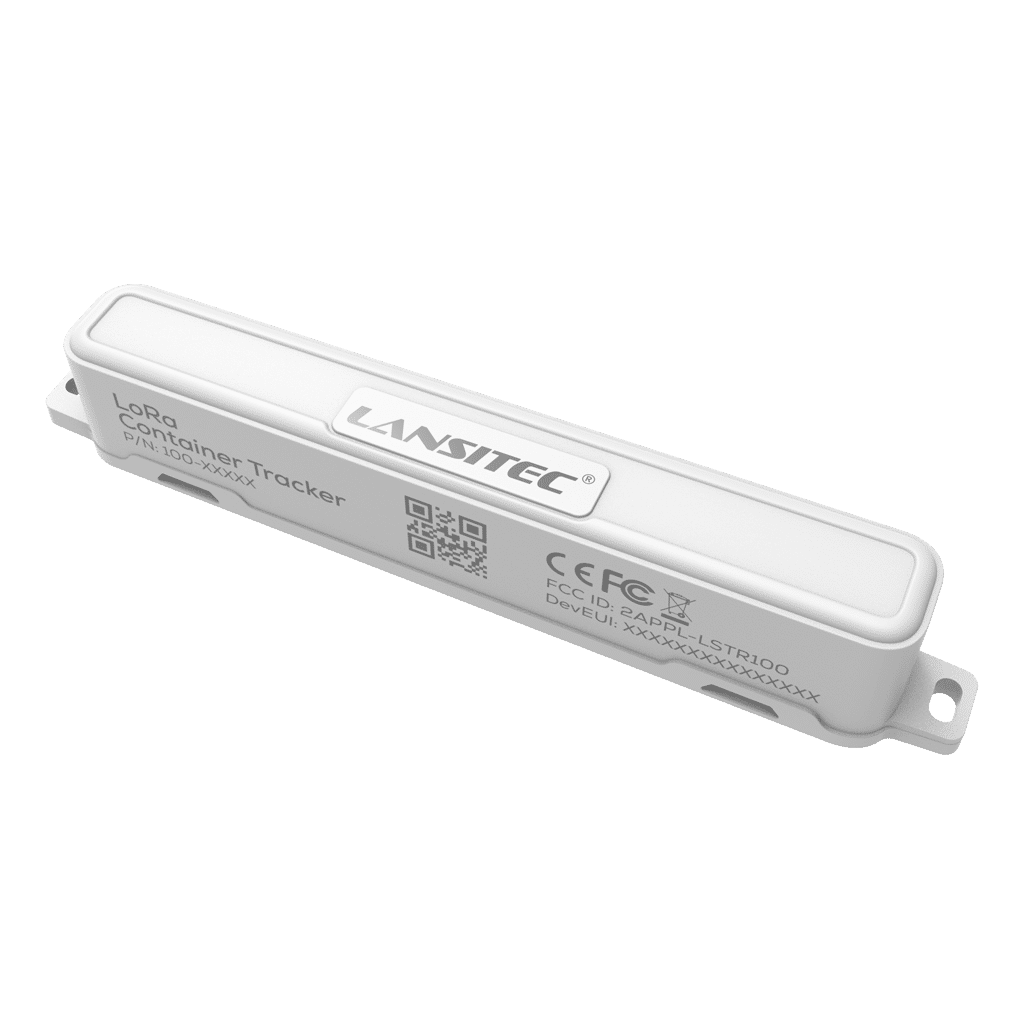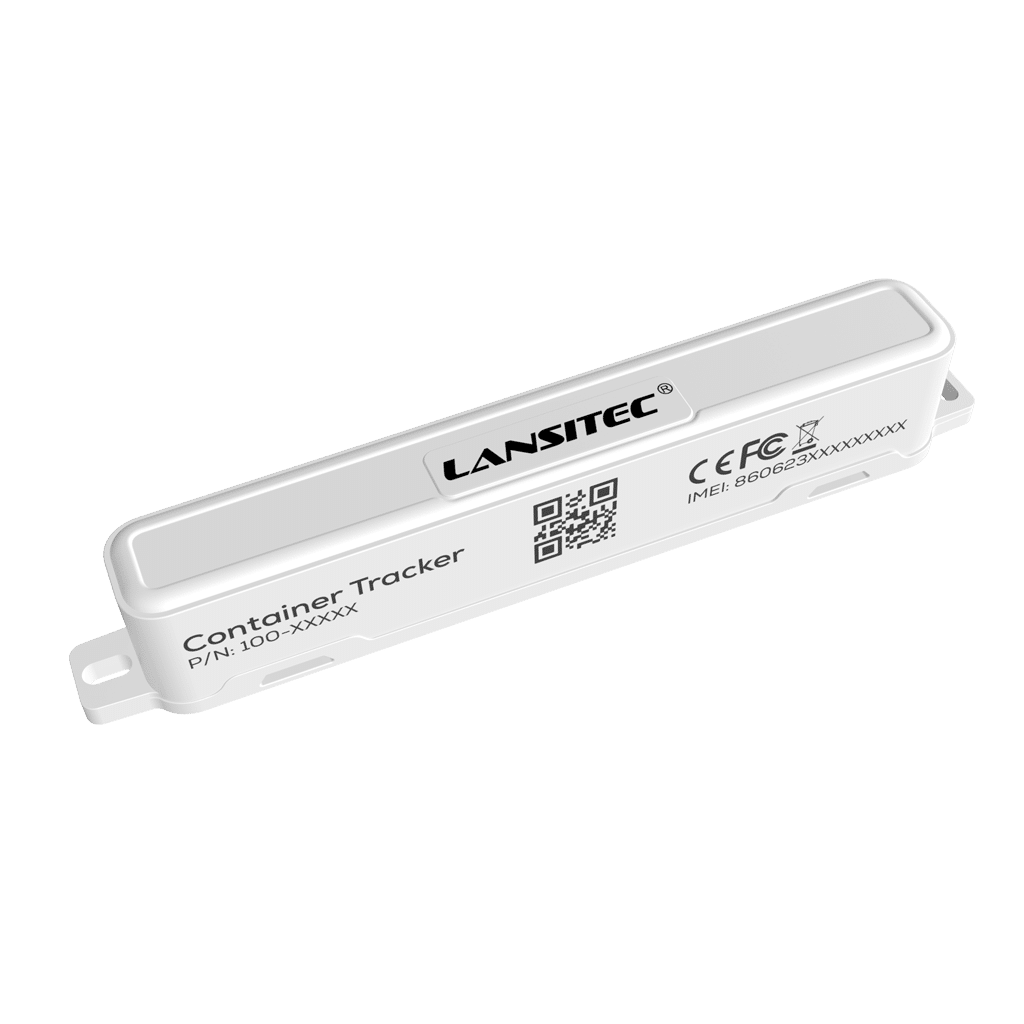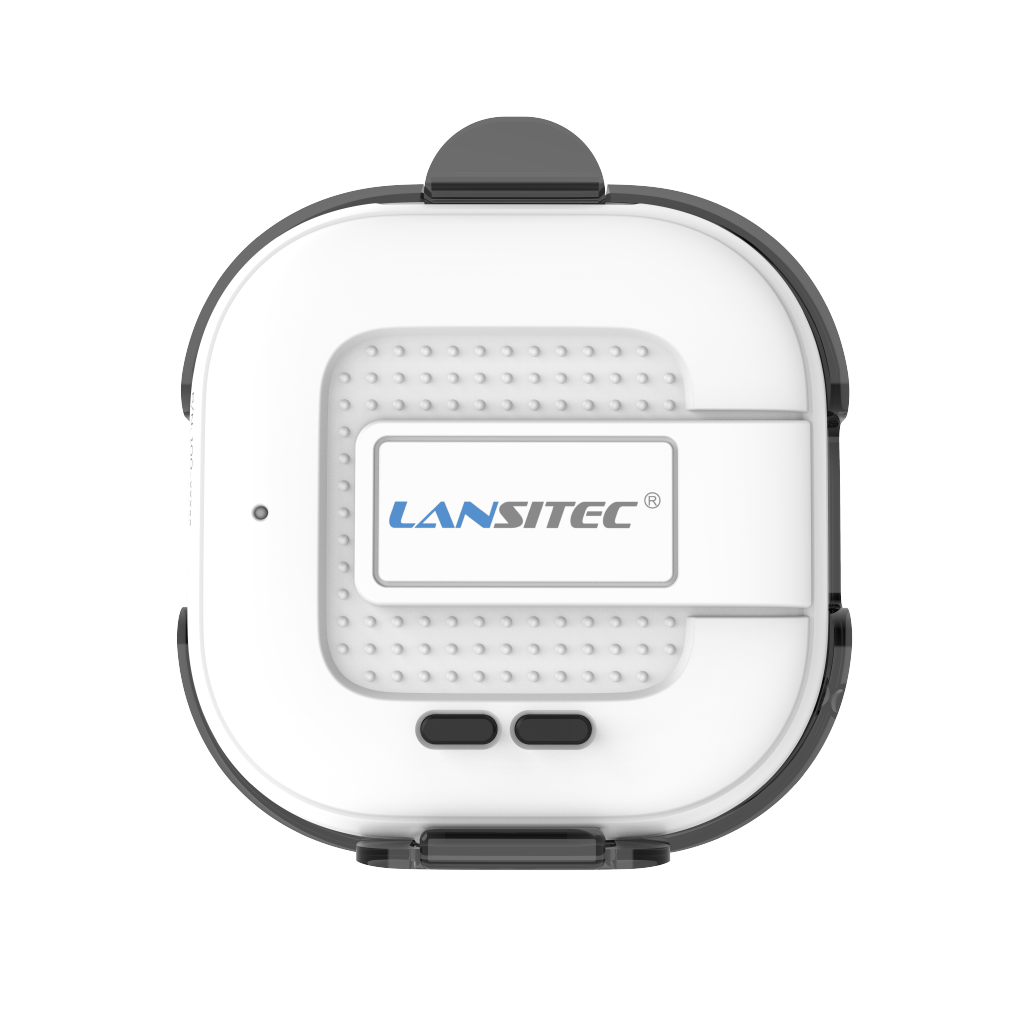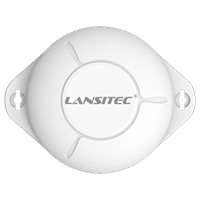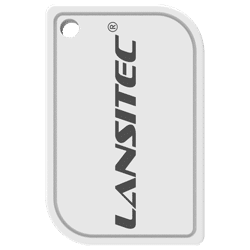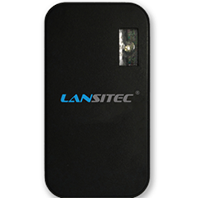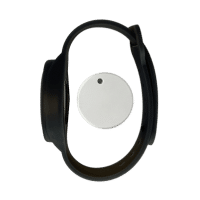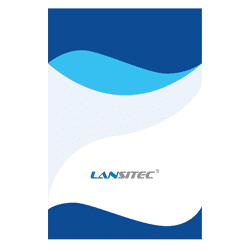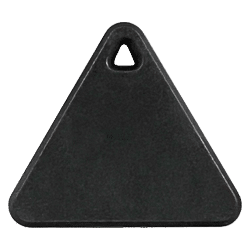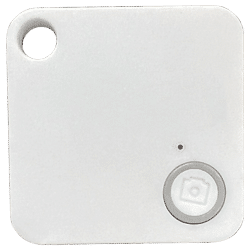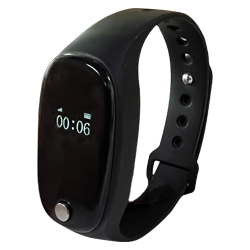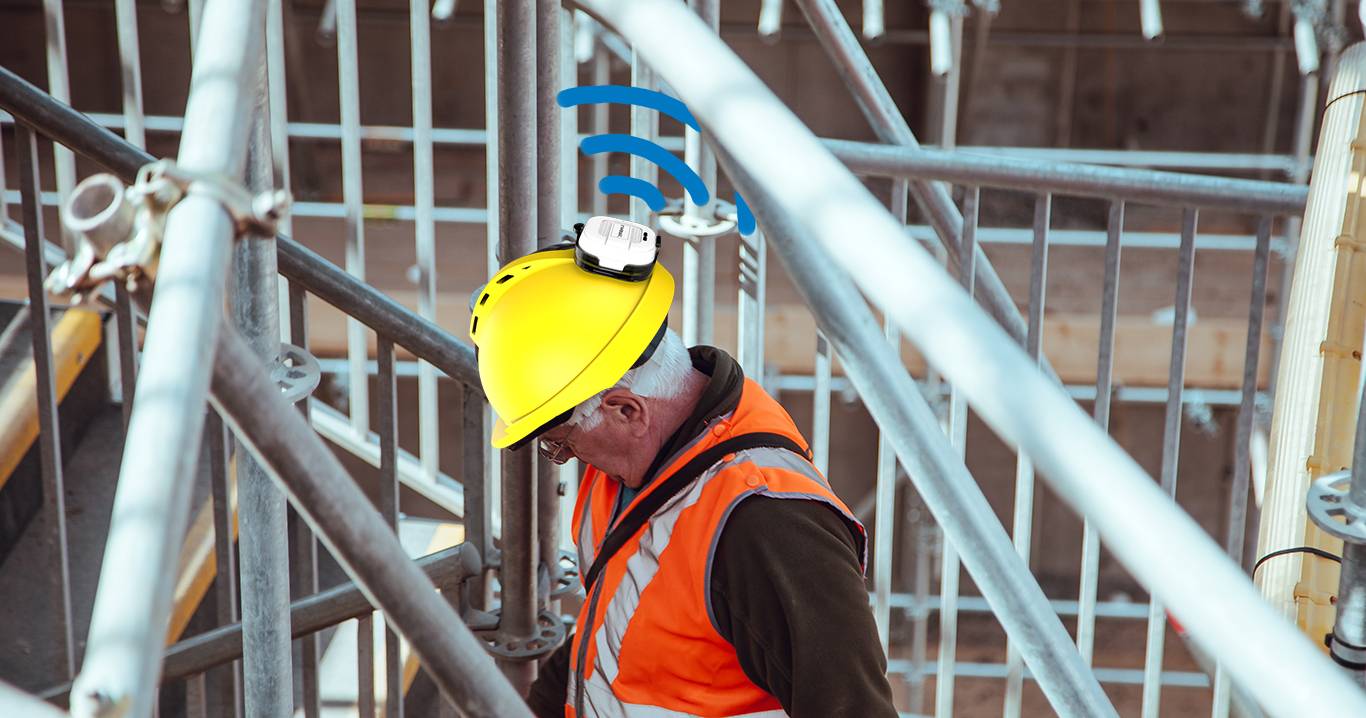Advanced GNSS, BLE, and LoRaWAN Integration for Industrial Safety
The Lansitec Helmet Sensor Tracker is an innovative solution designed to leverage GNSS, Bluetooth Low Energy (BLE), and LoRaWAN technology, offering a versatile and efficient tracking system for various applications. This review will delve into its technical aspects, highlighting its suitability for specific use cases.
Key Features and Technical Specifications
- Multi-Technology Integration: The device uniquely combines GNSS and BLE for outdoor and indoor tracking, respectively, alongside LoRaWAN technology for long-range, low-power communication. The sensor leverages a multi-constellation GNSS approach, ensuring global coverage and pinpoint accuracy (less than 2.5 meters CEP50). For indoor environments, Bluetooth 5.0 iBeacon technology is employed. Its high sensitivity (-96dBm) and configurable transmission power ensure efficient indoor localization, crucial for navigating complex industrial landscapes. The sensor’s integration of LoRaWAN technology is instrumental in achieving long-range communication (over 1 km in urban areas) at minimal power consumption. This feature is paramount in expansive industrial settings where long-distance, low-power communication is essential.
- Energy Efficiency and System Features: Notably, the system has an ultra-low standby current of 25 μA and supports firmware over-the-air (FOTA) updates, accelerometer, and NFC, indicating a design focused on longevity and ease of maintenance. It offers substantial operational cycles (approx. 8000 for GNSS reporting and 33000 for Bluetooth positioning), housed in a compact and durable shell (80x80x35 mm) made of ABS, PC, and silicone, suitable for challenging environments.
- Physical Durability and Design: Encased in a robust housing of ABS, PC, and silicone, the sensor is built to withstand the rigors of industrial environments. Its operational temperature range of -10°C to +60°C ensures reliable performance under varied environmental conditions. With its compact dimensions and a straightforward silicone button interface, the sensor is designed for ease of use and installation, making it an unobtrusive addition to any safety helmet.
- Operational Modes and Configuration: The sensor exhibits flexibility with adjustable position acquisition, heartbeat periods, and work modes in LoRaWAN. It sends registration information to the Application Server (AS) for validation upon joining a LoRaWAN network, enhancing security and configurability.
- Positioning Process: Utilizing BLE and GNSS modules, the sensor switches between these two based on beacon availability, ensuring continuous and accurate location tracking. This feature is particularly useful in mixed-environment applications.
- Beacon Functionality: The device can interact with four types of beacons – position, asset, special area, and search beacons, each with a unique UUID, allowing for versatile applications such as asset monitoring, restricted zone detection, and search and rescue operations.
- Safety and Alert Features: It includes wearing detection, multiple alarm states (SOS, fall, special area, and search), and can report these statuses in various uplink messages, making it highly effective for safety-critical applications.
- Configurability and Remote Management: The sensor offers extensive configurability in terms of LoRaWAN settings, tracking parameters, command requests, and UUIDs. These configurations can be adjusted remotely, ensuring flexibility and adaptability to different operational requirements.
Helmet Tracker Use Cases
- Industrial and Construction Safety: In high-risk environments like construction sites, the helmet tracker can monitor the location of workers for safety management and rapid response in emergencies. The device is specifically designed for tracking helmets, making it perfect for ensuring the safety and security of workers in construction, mining, and industrial settings. The wearing detection feature can alert supervisors if a helmet is not worn, while the fall detection and panic button functionalities can immediately signal for help in case of an accident.
- Asset Tracking and Management: The ability to interact with asset beacons makes it an excellent tool for tracking valuable equipment or materials in large facilities or warehouses. The tracker’s Bluetooth and GNSS positioning capabilities, along with its long battery life, make it well-suited for asset management and monitoring. By attaching the device to valuable assets, organizations can keep track of their location and status in real-time, thereby enhancing security and operational efficiency.
- Search and Rescue Operations: The search beacon functionality and robust alarm system make the tracker a valuable asset for search and rescue operations, particularly in challenging terrains where precise location tracking is critical.
- Monitoring Restricted Zones: The special area beacon can be used to enforce safety protocols in hazardous or restricted areas, alerting if personnel enter these zones.
- Outdoor Activities: The device is also suitable for outdoor enthusiasts, such as hikers and mountain bikers, who can benefit from its GNSS positioning and fall detection features. In the event of an accident or getting lost, the tracker can be a lifeline, providing vital location information and triggering alarms when needed.
Lansitec’s Helmet Tracker is a technically sophisticated and versatile device that offers robust tracking capabilities, safety features, and flexible configurations, making it highly suitable for various industrial and safety-critical applications.


